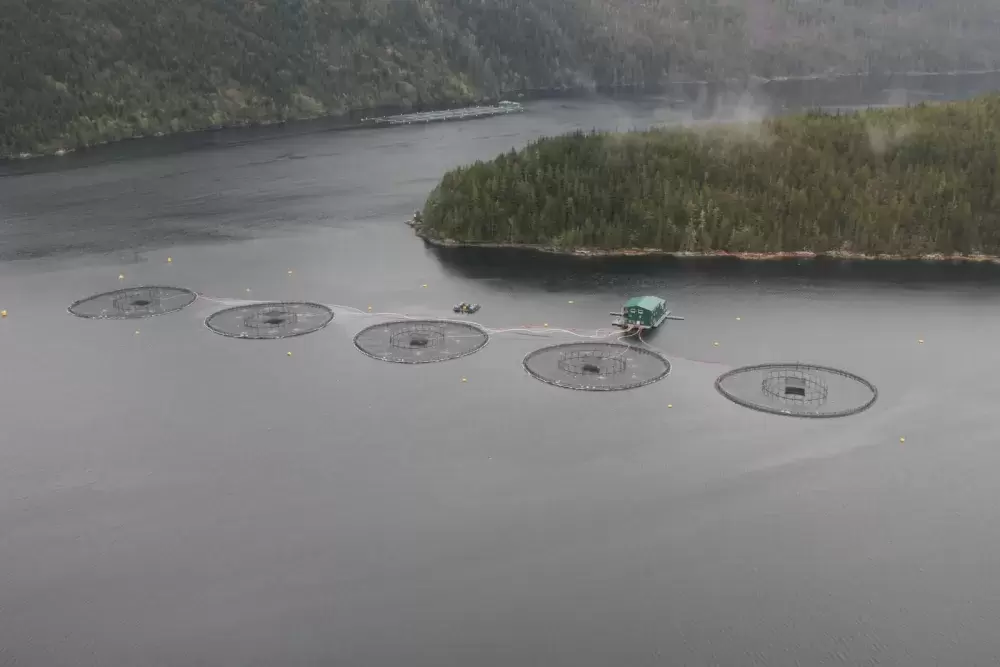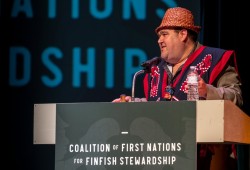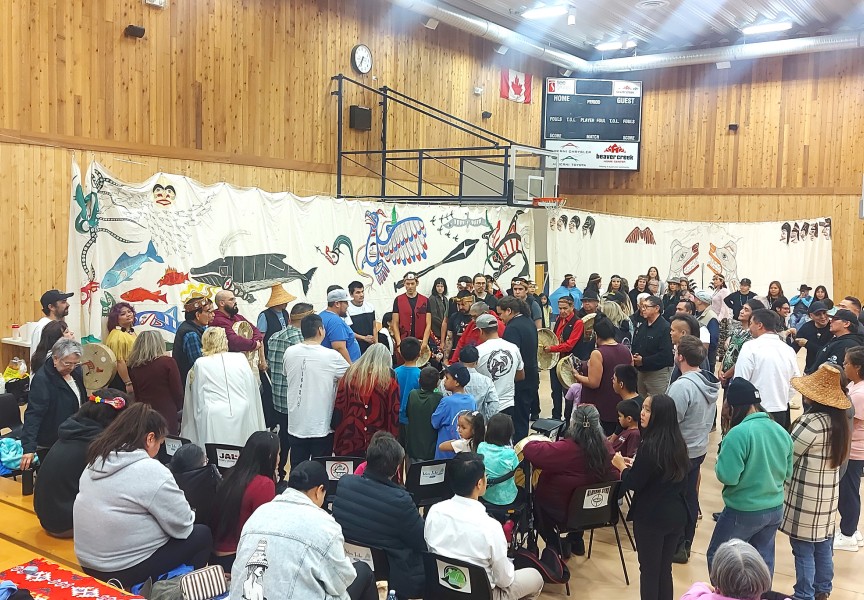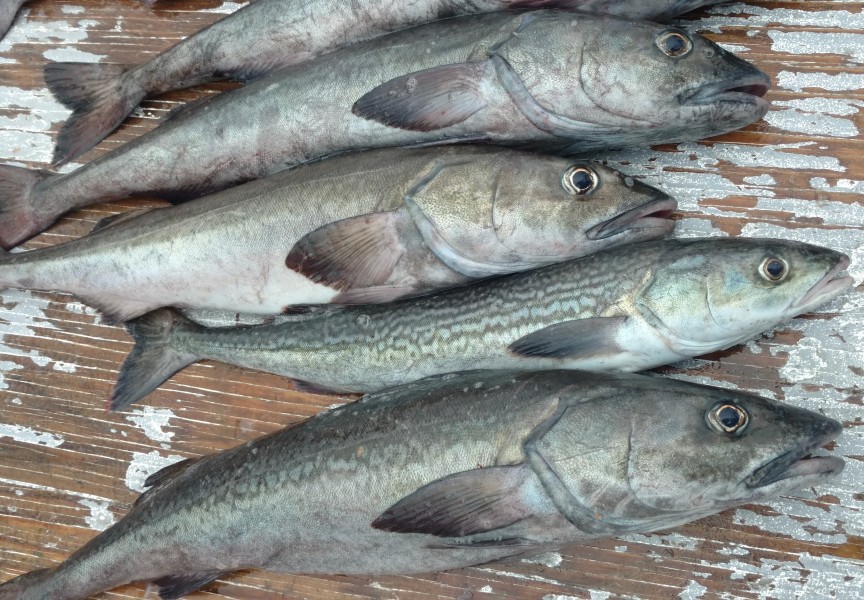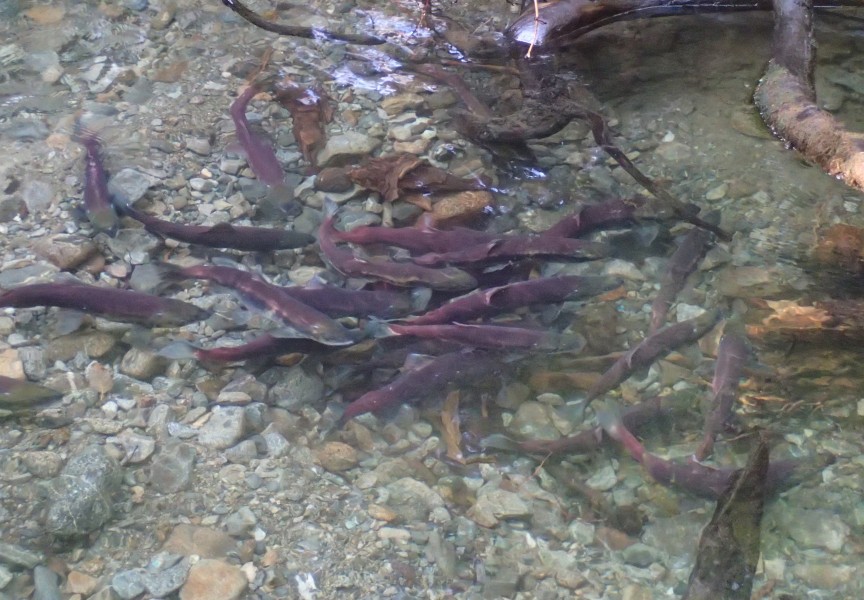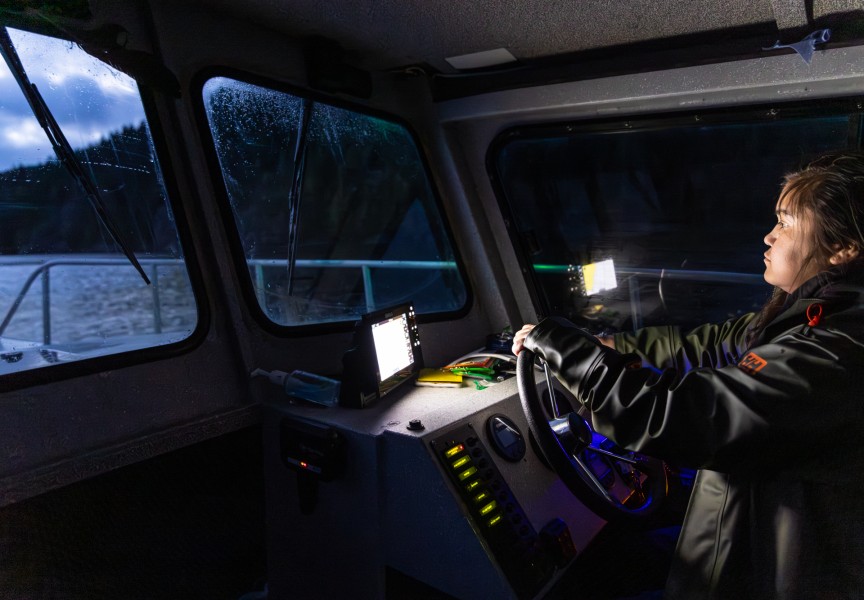With a recent executive order banning commercial fish farms in Washington State waters, British Columbia is left as the only jurisdiction on the North Pacific coast to still have large-scale, industrial finfish aquaculture.
And now the industry faces an approaching deadline to make “a responsible plan to transition from open net pen salmon farming in coastal British Columbia by 2025,” according to a mandate from Prime Minister Justin Trudeau.
But while it may appear the future of the standard fish farming practice is running out, those with a stake in the industry remain optimistic that the federal government’s call to get net pens out of the ocean will ease in severity, allowing jobs and investments to remain in coastal communities for the time being.
The aquaculture industry received another blow on Nov. 17, when Washington’s Department of Natural Resources ordered the end of commercial net pens in the state.
“Salmon and steelhead populations across Washington State, and in particular the Salish Sea, are not recovering,” reads the order, which is signed by Commissioner of Public Lands Hilary Franz. “Commercial finfish net pen aquaculture poses risks to the state, many of which cannot be avoided even with best management practices. It is important to ensure that commercial finfish net pen aquaculture does not contribute added stressors to salmon, steelhead, Southern Resident killer whales, or the ecosystem.”
The executive order follows an ongoing concern among fish farm opponents: breeding species in higher densities allows sea lice and other pathogens to spread more easily, posing a risk of transmission to the already threatened wild salmon stocks as they pass net pens.
Ocean based finfish farming has faced a shaky future in Washington since 2017, when 260,000 Atlantic salmon escaped from a collapsed net pen owned by Cooke Aquaculture at Cypress Island. Atlantic salmon were found in the Fraser River and coastal Vancouver Island.
The following year Washington’s legislature passed a law phasing out net pen farming of non-native fish. Cooke adapted by raising steelhead on the state’s coast, but now that practice is banned, a government decision that the aquaculture company says will force it to kill 332,000 juvenile steelhead that Cooke was preparing to stock for Pacific locations in 2023.
“Environmental organizations and Commissioner Franz are choosing to ignore the fact that farm-raised fish is one of the healthiest and most efficient ways to feed the global population, with a minimal environmental impact and the lowest carbon footprint of any animal protein,” responded Cooke Aquaculture in a press release.
North of the border, Washington State’s order has generated concern among First Nations with a stake in fish farming, according an Indigenous group advocating for the industry. A member of the Tlowitsis Nation, Dallas Smith is spokesperson for the Coalition of First Nations for Finfish Stewardship.
“It’s a scary precedent on what these governments are basing these decisions on,” he said. “We’re seeing similar things with forestry right now. Every time First Nations try to get ahead - which has its own challenges - here we are having to answer to unaccountable activist groups.”
Opposition to fish farming has been consistent in recent years. Among the groups opposed to the practice is Union of BC Indian Chiefs, which passed a resolution earlier this year to close farms in the Discovery Islands. The highly contested region off the northeast coast of Vancouver Island currently faces a deadline of January, at which time Fisheries Minister Joyce Murray will determine the future of aquaculture in the area.
The UBCIC has pointed to the Canada’s Cohen Commission of Inquiry into the Decline of Sockeye Salmon in the Fraser River, which recommended removing farms from the Discovery Island’s due to their impact on the threatened Fraser stocks – unless the fisheries minister is satisfied that these operations pose no more than a minimal risk to migrating salmon.
On the west coast of Vancouver Island dozens of fish farms continue to operate, including some under protocol agreements with local First Nations. Cermaq runs 14 sites in Clayoquot Sound, according to an arrangement that has been in place with Ahousaht since 2006. The protocol agreement entails employment opportunities, community projects and environmental stewardship within the First Nation’s territory.
Further south another such agreement is in place between the Tla-o-qui-aht and Creative Salmon. Drafted in 2014, this protocol specifies that only chinook salmon are to be raised in the net pens at a density of one per cent of the contained space.
In October Fisheries Minister Joyce Murray ventured to some Vancouver Island fish farms, speaking with operators and First Nations representatives about what the looming net-pen transition plan will entail. The Coalition of First Nations had meetings with Murray on Oct. 12 and 14, taking away the key message that “existing operations need to adopt alternative technology that will progressively eliminate or minimize interactions between wild and farmed salmon”.
“We’ve noticed the minister has started to use a lot more opaque language around what transition actually means,” noted Smith. “We’re glad she’s hearing the words of some of our communities.”
The Liberals might have held onto its minority government in the 2021 federal election with a pledge to get net pens out of the ocean by 2025, but that might not necessarily happen as it appeared to Canada’s voters.
“It would not be accurate to define the transition plan as ‘phasing out’ net pens,” stated the BC Salmon Farmers Association in an email to Ha-Shilth-Sa.
The federal government’s latest Framework for Discussion proposes that the transition plan “Advance innovation and growth in sustainable aquaculture in British Columbia that progressively minimizes or eliminates interactions between salmon open-net pens and wild salmon while also taking into account social, cultural and economic objectives,” according to a document provided by the salmon farmers association.
It’s a less heavy-handed approach than what was ordered south of the US border. While the direction of the government’s transition plan may not please those opposed to salmon farming, Smith stresses that the practice has cut down on risks to wild stocks over the years.
“This industry has had to evolve a lot,” he said. “A lot of the original sites were just not good. They had too much interaction with wild salmon. But the steps we’ve taken with timing windows and the sites of some of these farms, we’re pretty comfortable with the level of protection that’s there for wild salmon.”

